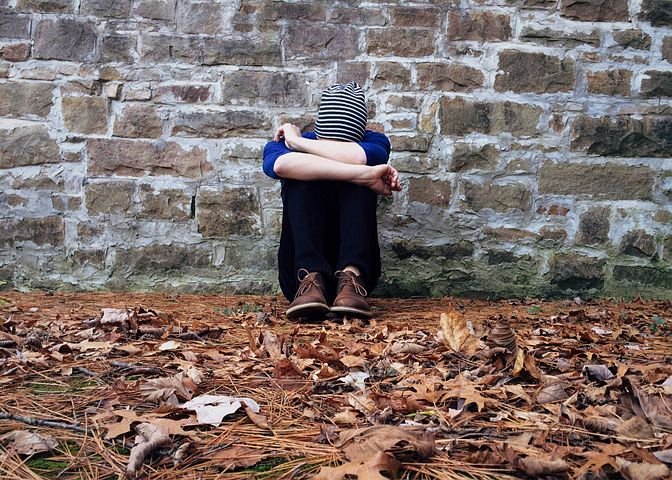What’s been mulling around in my head, amongst the worry about my family’s health and the pride in how the government and citizens of Canada are handling the Covid-19 crisis, are waves of anxiety about what is to come for all of us. That’s normal. It’s not unusual, or unexpected.
Much of the anxiety has been about the enormity of the issue and its potential impacts on the globe. The realization that some country’s leaders have been slower to act when they didn’t really know the potential impact has been difficult for all of us to know, and one lone leader’s continued constant denial of the actual facts is even more excruciating to watch. We are seeing all of that. For a long time many people have been talking about how to prepare students for a Volatile, Uncertain, Complex and Ambiguous (VUCA) world and now…here we are…with an adaptive challenge we all need to be part of solving. Read more here about the impact of long-term stress in uncertain times.
What I worry about also, and perhaps even more, is what we are NOT seeing–our most vulnerable children. We are not seeing them right now. We are seeing many people, myself included, with the privilege of being able to go online and stay connected with their cellphones and computers, and with comfortable homes that can be a haven. We are seeing fun zoom connection birthday parties, and celebrities broadcasting from their fancy homes, and other stories of how we are ‘hanging in there’ with our toys, tvs, board games and books to read. Stories about how we are all doing our part to stay home and #plankthecurve. Don’t get me wrong, this is GREAT. We are sharing in an effort to stay connected and take care of each other. Amazing!

For a while, we weren’t seeing the hospital stories. Every time we looked out, or went for a short walk, we saw what looked more like a lazy Sunday morning, not a pandemic. Now, our front line workers are helping us to understand the severity of the needs and therefore the urgent need for us to do our part and stay inside. We are starting to hear their voices and stories. This helps affirm our purpose and to take action to help by staying home.

My education colleagues at the front lines at school are facing an adaptive challenge as well. Their challenge is to move learning online, while trying to ‘see’ and hear the voices of those most vulnerable in this pandemic. The students who don’t have internet or the technology to connect with others. Those whose cupboards are empty and who rely on school support for daily breakfast, lunch and snack programs. Those whose parents are under stress and who might not be dealing with this in the best way at home. Those whose much need structure is interrupted and whose homes are not necessarily their haven.
I’ve heard of the following solutions so far, and wonder, what other things are you doing to understand and act on the needs of students and their families?
How are you seeing and hearing your students right now? How are you making them partners in the process of moving forward?
Do let us know what you are doing so that we can all get better at this!
- school buses acting as internet hotspots and food delivery in needy areas
- IT handing out devices to students who need them
- a Principal letting students know they could drive to the school parking lot and use the guest wifi network (could this expand to public libraries as well?)
- a collaborative document that staff are creating to flag students and families most in need and what they could do to help
- morning announcements sent out to students by email to keep a connection positive messages from school and a daily welcome that builds a ‘front door’ start to the day